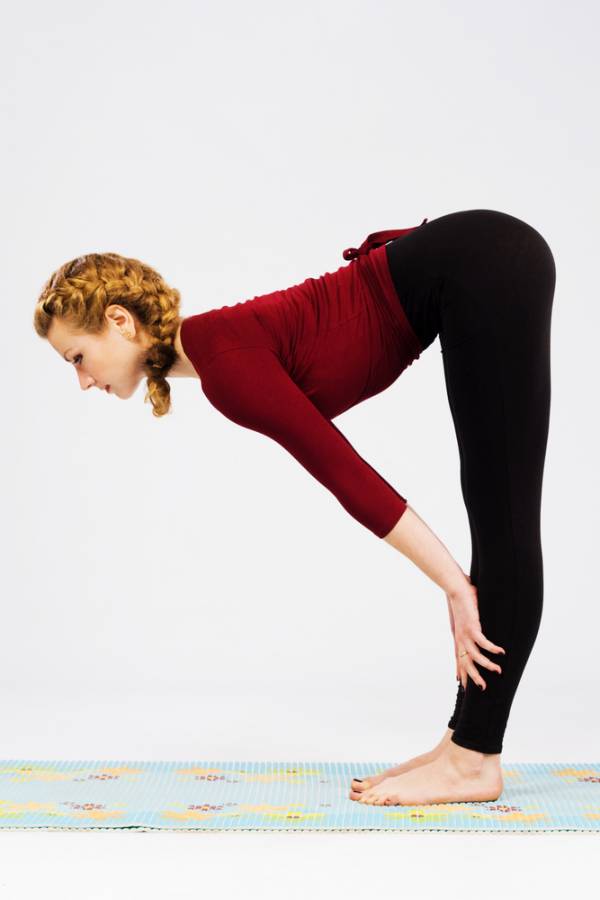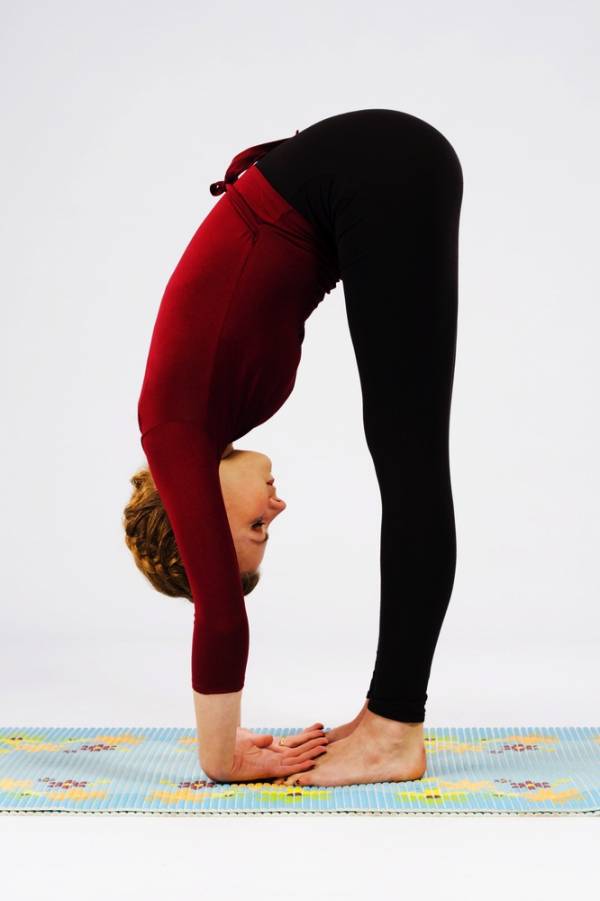Flexibility is one of the foundational aspects of fitness and performance. It belongs in the upper echelon of fitness variables along with strength, endurance, and speed. But out of each of those, flexibility may well be the least understood, and besides perhaps grabbing your foot behind you and pulling on it for a minute before a run, it’s something most athletes don’t work on enough.
Flexibility is a nuanced trait and its benefits don’t always seem obvious. With the exception of yoga practitioners, most of the people you’ll find in the gym don’t stretch often. Some of them may stretch in their warm-up or cool-down if at all, and it may be hard to blame them. With the weakening effects of static stretching and conflicting information about the most effective forms of stretching, justifying the time is a challenge. Researchers in a recent study published in the Journal of Strength and Conditioning tried to shed light on these muddy waters.
The researchers focused on the effects of hip extension on four functional movements: standing hip extensions, lunges, a standing twist/reach maneuver, and exercising on an elliptical trainer. Poor hip extension is a common problem, since frequent sitting can tighten the hip flexor muscles, which are the muscles in the front of your leg that stretch when you try to move your leg back behind you. To add to this tightness, some of your hip flexor muscles are short and broad, and these types of muscles tend to be hard to stretch. The hip flexor muscles are also hard for most people to isolate for stretching or active movements that require flexibility.
The difficulty in isolating these muscles for dynamic activities stems from the differentiation between spine motion and hip motion. Most people have a tough time making the distinction. Coaches often encounter this difficulty when they ask people to bend over with a flat back. Engaging in dynamic motions while keeping either the hips or spine motionless isn’t easy without practice and awareness. Even worse, once your tight hips reach the end of their limited range of motion during an activity, the spine takes over to compensate, becoming too mobilized. Excessive motion in the spine causes the most common kind of lower back pain that a huge portion of the populace experiences every day. So if the importance of this study hadn’t hit you yet, it will right there.


Left: movement of hips only. Right: movement of spine and hips.
Unfortunately, what the researchers found may serve to confuse the issue even further. Stretching and increased flexibility didn’t improve mobility at all. In fact, in active hip extension, the group of participants who had spent six weeks stretching actually got worse. The researchers had some of the participants doing core strengthening exercises to stabilize the spine, and this was the only group that experienced any improvement, but only in one of the studied activities.
However, this isn’t evidence not to stretch, believe it or not. The difficulty in differentiating spine and hip motion and a lack of time to develop skill at the studied activities were probably the major factors here. Despite improvements in hip flexibility, this newfound flexibility wasn’t able to be applied during actual activity. However, if the participants had repeatedly trained their activities during the six weeks of stretching with a focus on differentiating the joints, the results may have been different. No excuses here – you still need to stretch.
References:
1. JM Moreside, et. al., “Improvements in hip flexibility do not transfer to mobility in functional movement patterns,” Journal of Strength and Conditioning, 27(10), 2013.
Photos courtesy of Shutterstock.






